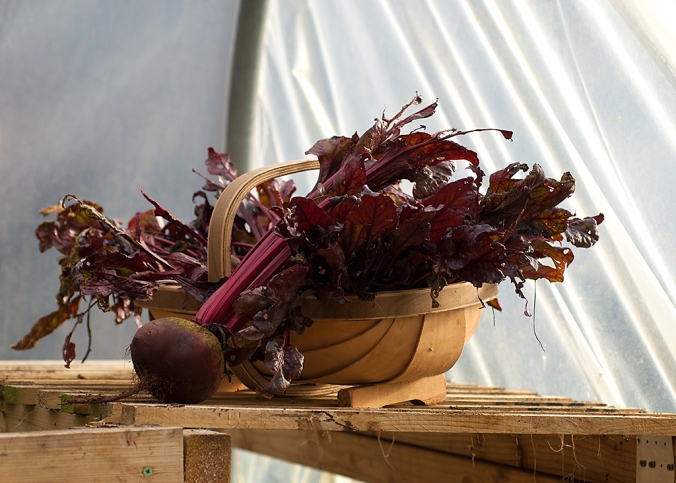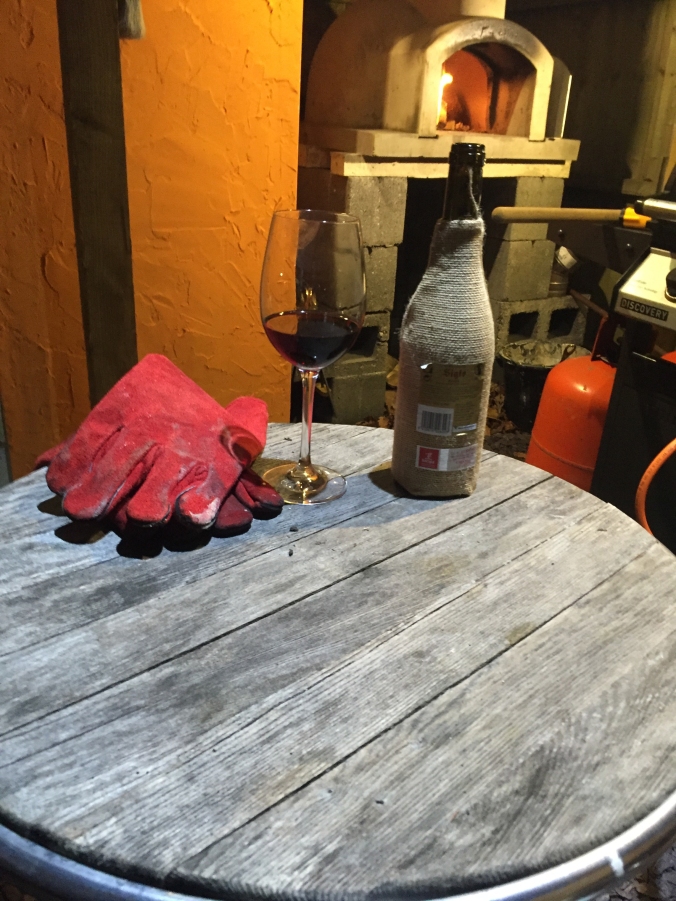A New Way of Preserving

For the past week I seem to have a new daily ritual. Picking soft fruit. Everyday there is another crop to pick. As we have not yet completed the fruit cage, it’s a race between me and the birds.
A more predictable spring and summer with periods of sun and rain has been the perfect conditions for soft fruit this year. The raspberries and strawberries in particular. The strawberries have almost gone, but weather permitting the raspberry season should last until October.
In the past I have made small batches of jams and preserves like my mum used to. Take some sterilised jam jars, fill with the cooked jam, cover the surface of the jam with a waxed paper disk and seal the jar with a clear plastic jam cover. 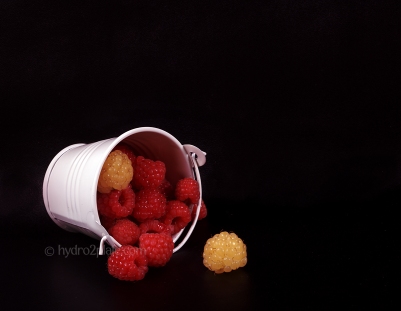 This process is apparently called “Putting up”. A phrase I had not heard before this year. I believe it’s an American phrase from the 1800’s, correct me if I’m wrong, I’m curious to know more about its origins.
This process is apparently called “Putting up”. A phrase I had not heard before this year. I believe it’s an American phrase from the 1800’s, correct me if I’m wrong, I’m curious to know more about its origins.
I’ve also tried using Kilner style jars with rubber seals and cooking the jars in water in the oven. Invariably a jar would always crack and I’d never know for sure if the seal was good. The pressure cooker method didn’t appeal to me either for the same reasons.
As I plan on preserving more this year, and concerned with the the safety of long term storage, we decided to invest in a Home Canning System from Germany.
I wonder what the Women’s Institute (WI) would make of my jam recipes!
There’s no need to mess with a classic strawberry jam recipe so I kept that one simple and then also made a raspberry and mint jam.
Classic Strawberry
453g Strawberries washed, hulled, roughly chopped. Small fruit can be left whole
453g Granulated Sugar
3 Tbsp Organic Sicilian Lemon Juice (or Juice of 1 Lemon)
Place all ingredients into a large pan and bring to a rapid boil for about 10 mins.
Use the plate test * to determine when the jam is set.
Remove from heat
Fill sterilised jars and follow your Home Canner’s instructions for preserving jam
Raspberry & Mint Jam
453g Raspberries
3/4 Cup Mint Leaves
2 1/4 Cup Sugar
3 Tbsp Organic Sicilian Lemon Juice ( or Juice of 1 Lemon)
Infuse the sugar overnight with the mint leaves
Follow the same steps as for the Strawberry Jam.
* Plate Test – to determine the setting point for the jam. Place a teaspoon of the jam mixture on a chilled plate. If when cooled the jam wrinkles when pushed with your finger, the jam has reached its setting point.




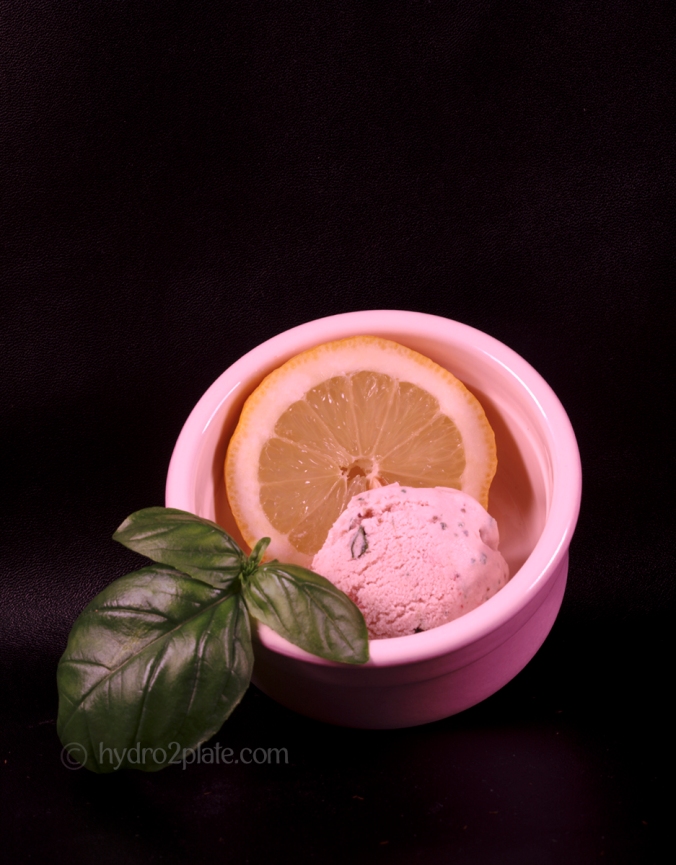



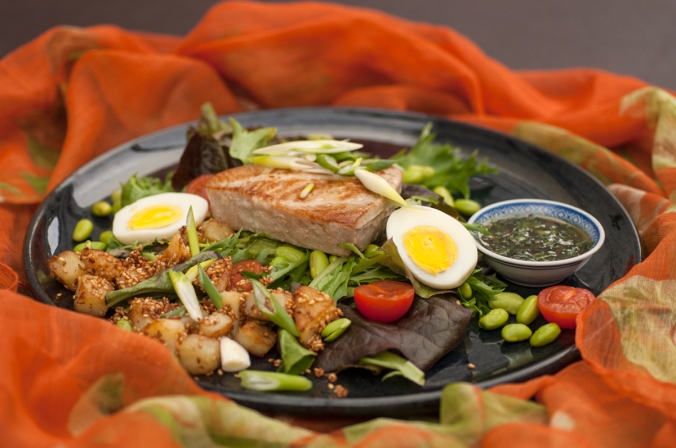


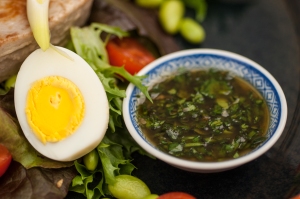
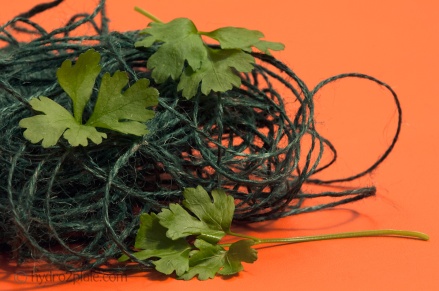 pod….
pod….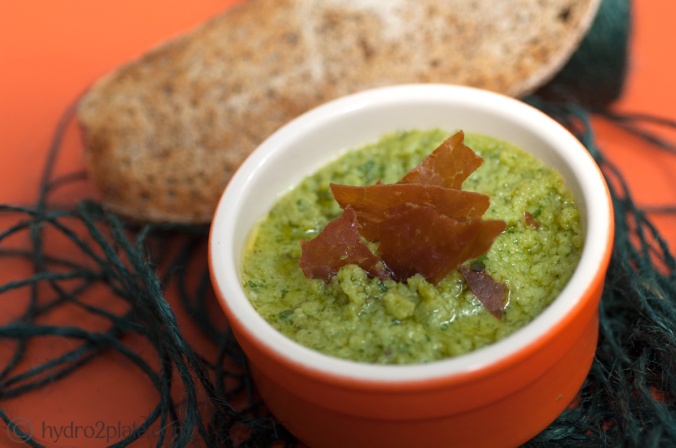
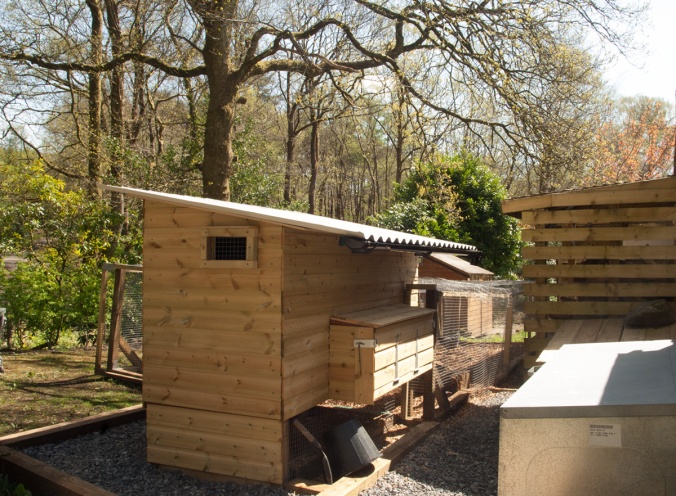
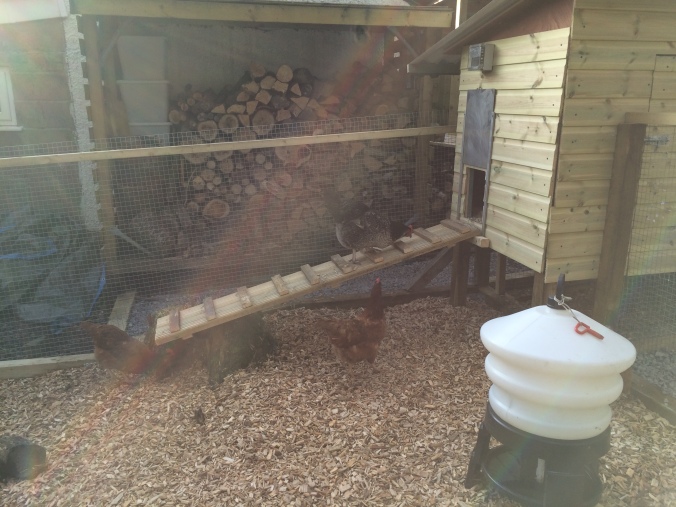














 Here’s hoping May will bring Spring to life. We’ve had heavy frosts up until the end of April, historically the second week of April usually signals the end of the frosty weather, fingers crossed.
Here’s hoping May will bring Spring to life. We’ve had heavy frosts up until the end of April, historically the second week of April usually signals the end of the frosty weather, fingers crossed. 




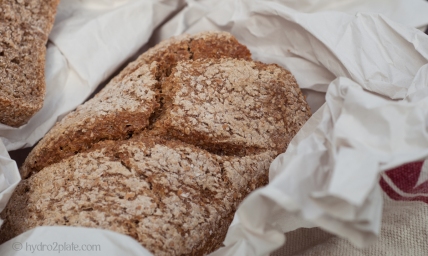

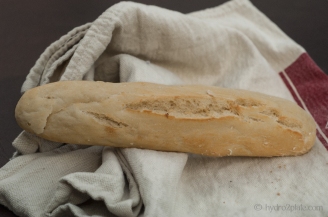
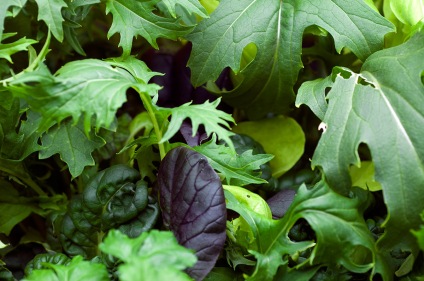 to see what works well and will be cost effective. Currently our winter herbs and salad leaves are growing in an enclosed aero-hydroponic system.
to see what works well and will be cost effective. Currently our winter herbs and salad leaves are growing in an enclosed aero-hydroponic system. 



